A Complete Guide to Process, Best Practices, and Tools for Cybersecurity Teams
Organizations of all sizes face growing cybersecurity threats, making incident response management a critical pillar of their defense strategy. Incident response management is a structured approach to identifying, analyzing, containing, and recovering from security incidents such as data breaches, ransomware attacks, and unauthorized access. This guide breaks down the phases, best practices, tools, and emerging trends to help you build a resilient and proactive incident response program.
Understanding Incident Response Management
Incident response management involves coordinated actions across people, processes, and technology to:
-
Detect potential or confirmed security incidents early
-
Analyze and understand the nature and scope of the incident
-
Contain and mitigate damage rapidly
-
Eradicate threats and remediate vulnerabilities
-
Recover affected systems and restore operations
-
Conduct post-incident reviews to improve defenses
Strong incident response reduces downtime, limits financial and reputational damage, and helps meet regulatory compliance worldwide.
The Incident Response Process: Phases and Details
Most organizations organize incident response into these core phases, adapted from frameworks like NIST SP 800-61:
1. Preparation
Focuses on developing policies, training teams, establishing communication protocols, defining roles, and procuring response tools. Preparation also includes building, testing, and updating an incident response plan (“IR plan”).
2. Detection and Analysis
Utilizes monitoring tools (SIEM, EDR, network sensors) to identify anomalies, alerts, and potential breaches. Analysts validate incidents by collecting and correlating data, classifying incident severity and impact.
3. Containment
Implements immediate measures to isolate affected systems and limit spread. This phase includes short-term containment to prevent damage and long-term containment to maintain operations while cleaning infections.
4. Eradication
Removes root causes (malware, malicious code, compromised accounts) and closes vulnerabilities. Actions may involve patching systems, changing credentials, or updating firewall rules.
5. Recovery
Restores systems to normal operation, monitoring carefully to detect residual threats. Testing and validation ensure services are secure and stable before escalating back to production.
6. Post-Incident Activity
Conducts formal reviews, documents lessons learned, updates response plans, redeploys defenses, and communicates outcomes with stakeholders.
Key Components of a Successful Incident Response Program
-
Defined Roles & Responsibilities: Clear accountability in detection, analysis, communications, and remediation.
-
Comprehensive Incident Response Plan: Documented workflows, escalation paths, playbooks for common attack types.
-
Effective Communication Plans: Coordination internally and externally with legal, PR, customers, and regulators.
-
Continuous Training & Simulations: Regular exercises to prepare teams for real scenarios.
-
Robust Tool Stack: Integration of SIEM, SOAR, endpoint detection, forensic software, and case management.
-
Metrics & Reporting: Tracking KPIs like mean time to detect (MTTD) and mean time to respond (MTTR).
Essential Incident Response Tools and Technologies
Organizations leverage a suite of tools for detection, analysis, and mitigation:
-
Security Information and Event Management (SIEM): Centralizes logs and correlates events to detect threats.
-
Endpoint Detection and Response (EDR): Monitors endpoints for suspicious activity, enabling containment.
-
Security Orchestration, Automation and Response (SOAR): Automates alert triage, investigation, and remediation workflows.
-
Forensic Analysis Tools: Provide deep inspection of compromised systems and artifacts.
-
Threat Intelligence Feeds: Enrich alerts with global threat contexts.
-
Backup and Recovery Solutions: Vital for restoring systems post-incident.
Automation within these tools reduces alert fatigue and accelerates response times, critical for modern security operations.
Best Practices for Incident Response Management
-
Develop and regularly update your IR plan based on evolving threats.
-
Conduct realistic tabletop exercises and live simulations.
-
Maintain strong endpoint visibility and network monitoring.
-
Foster collaboration between IT, security, legal, and communications teams.
-
Ensure rapid containment capabilities and test backup restorations often.
-
Keep comprehensive and secure logs to support investigations and compliance.
-
Perform root cause analysis to prevent recurrence.
-
Communicate clearly and transparently with all stakeholders.
Incident Response in the Context of Compliance and Regulations
Regulations like GDPR, HIPAA, PCI-DSS, and others require timely incident detection and reporting, robust response plans, and protection of sensitive data. Incident response management programs help organizations:
-
Meet notification deadlines
-
Maintain audit trails
-
Reduce regulatory penalties
-
Build customer trust
Regulatory frameworks increasingly expect proactive response capabilities and continuous improvement.
Emerging Trends & Challenges in Incident Response
-
Integration of artificial intelligence (AI) and machine learning (ML) to improve detection accuracy.
-
Extended Detection and Response (XDR) expanding visibility across endpoints, networks, and cloud.
-
Increasing adoption of zero trust principles within response frameworks.
-
Managing incidents in hybrid and multi-cloud environments.
-
Rising importance of automated response and orchestration to handle evolving threat volumes.
Staying current with these trends strengthens resilience and operational efficiency.
Frequently Asked Questions
What is the primary goal of incident response?
To detect, contain, and recover from security incidents quickly to minimize impact.
How long does incident response take?
Timing varies greatly depending on the nature and severity of the incident. Prepared teams aim for rapid containment within hours.
What is the difference between incident response and disaster recovery?
Incident response focuses on managing security incidents, while disaster recovery deals with restoring IT systems after outages or disasters.
Who should be involved in incident response?
Cross-functional teams including IT, cybersecurity, legal, communications, and management.
Conclusion
Incident response management is a foundational component of modern cybersecurity strategies. Comprehensive planning, skilled teams, and integrated technologies empower organizations worldwide to detect threats swiftly, mitigate risks efficiently, and maintain business continuity. By adopting best practices and staying ahead of emerging trends, businesses can reduce downtime, protect critical assets, and comply with regulatory demands in today’s complex threat landscape.

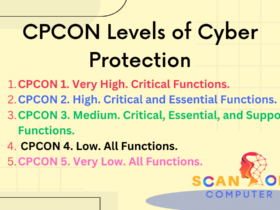


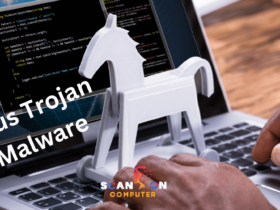
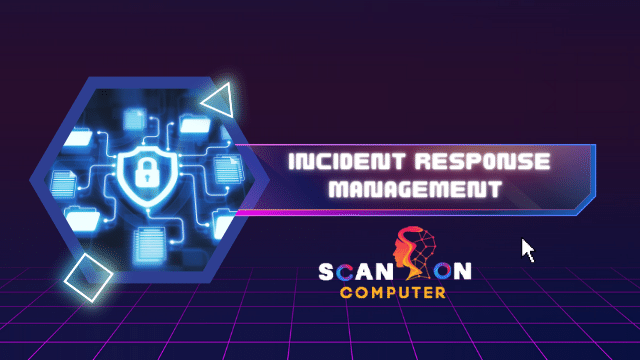


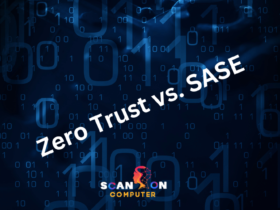


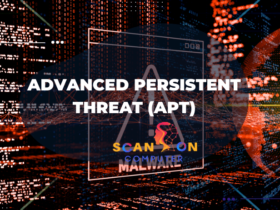
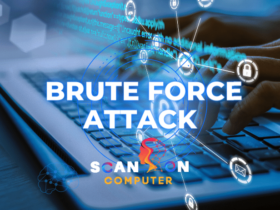
Leave a Reply
View Comments